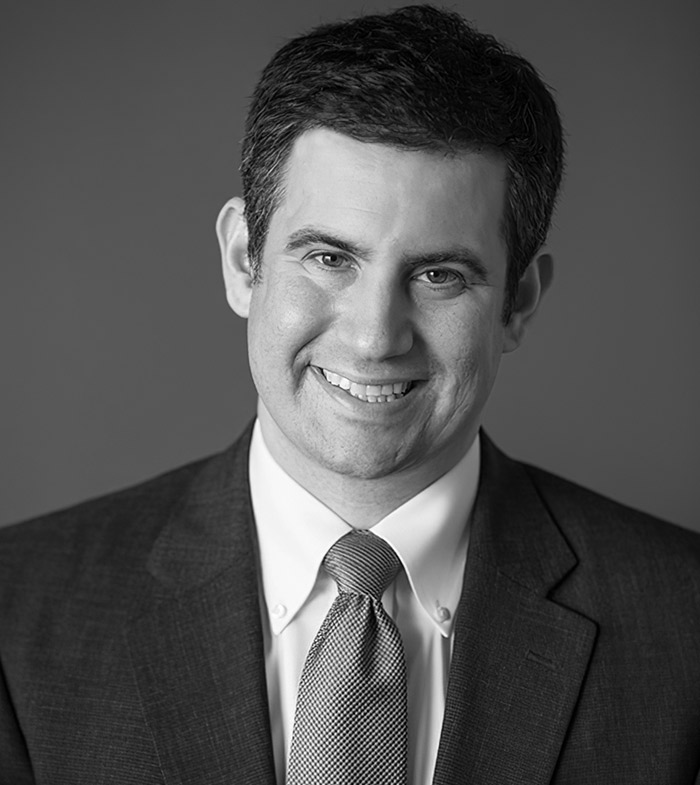Some more interesting nuggets and thoughts from the Trade Secret Summit:
- The first known non-compete was from 1414. An apprentice learning clothes-dying was subject to a non-compete. It wasn’t enforced because of the shortage of labor due to the Bubonic Plague.
- Anybody know non-competes are responsible for the Rock-n-Roll Hall of Fame being in Cleveland? The famous DJ, Allen Freed, who is credited with coining the term rock-and-roll, moved from Akron to Cleveland due to his non-compete with the Akron radio station he previously worked for.
- According to MIT Professor Matt Marx, states where the non-compete law inadvertently changes are the best states for studying the effect of non-competes on employee mobility. Georgia may qualify as such a state due to the misleading ballot referendum which enabled Georgia’s new restrictive covenant law, as the general public may not be aware that the law changed.
- A great succinct quote on why companies must take measures to protect their trade secrets and confidential information: “Courts will not protect that which a company has failed to protect.”
- Companies should maintain a trade secret “culture”. How? Simple steps: Know and audit your trade secrets. Train employees on trade secret protection. Maintain physical and electronic security. Conduct exit interviews.
- Employee departures are inevitable Companies should plan accordingly.
- Canada trade secret law is fascinating. Companies can seek an ex parte “Anton Piller” order, where an independent solicitor is appointed to seize information and records from the misappropriator. There is a high burden to get such an order but what a powerful remedy! This remedy bears some general similarities with the ex parte seizure order provision in the proposed federal trade secret legislation.
- Judges dislike when plaintiffs overreach in seeking injunctive relief in trade secrets cases. For example, a plaintiff that is asking to search all of the new employer’s computers, as opposed to a targeted search of computers that the former employee may have used or accessed, may raise red flags in a judge’s mind.
- When analyzing damages in trade secret cases, modeling the length of time that the trade secret will remain a trade secret can be challenging. Hazard rates are a tool economists can use in a damages model.
BFV Perspectives,
Noncompete & Trade Secrets,
|
Nov 13, 2015
Neal Weinrich knows noncompetes and trade secrets inside and out. A shareholder at Berman Fink Van Horn, Neal counsels clients in all industries on matters involving restrictive covenants, trade secrets and other competition-related issues.

